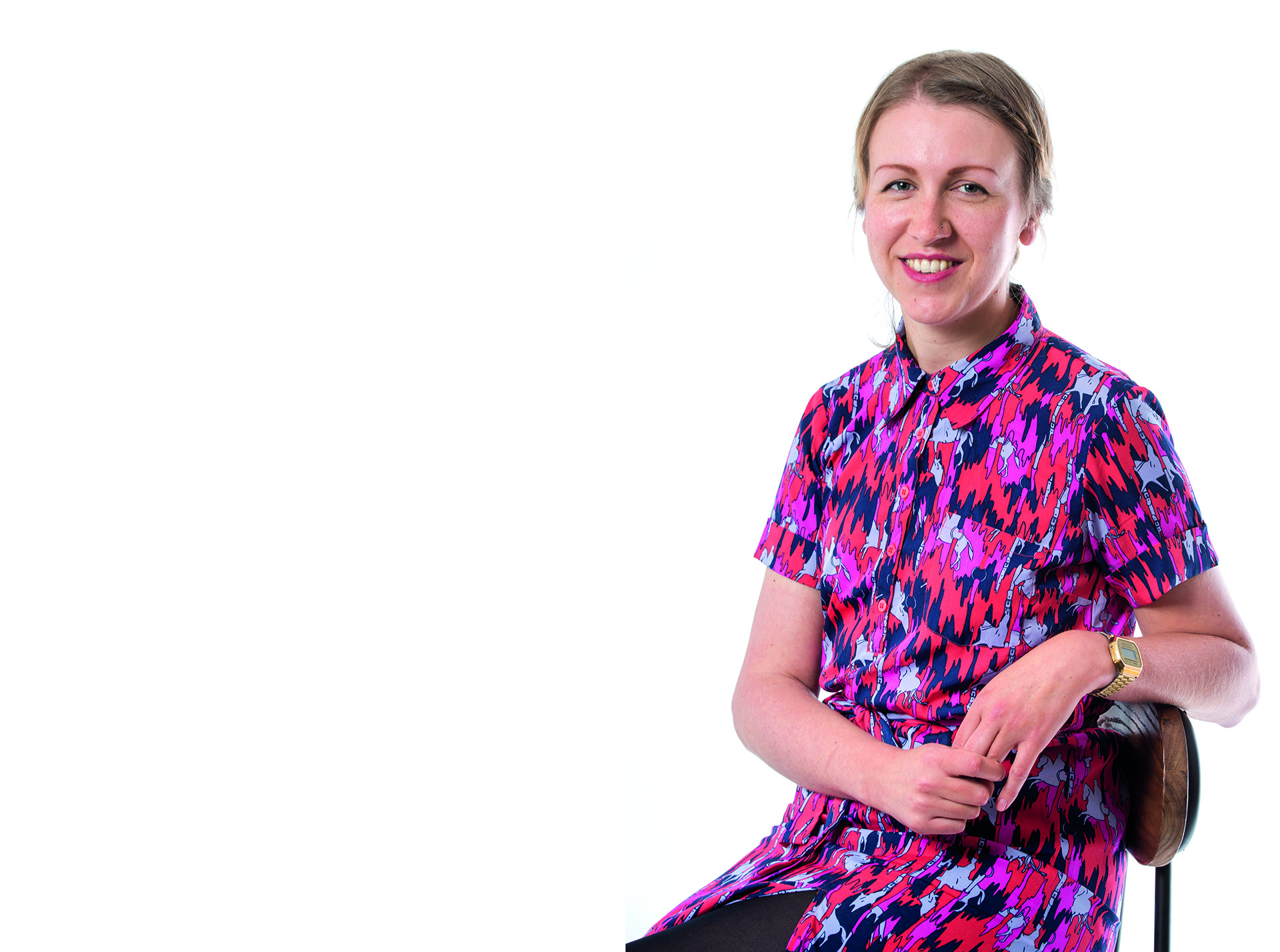Millennials, we keep hearing, are too easily offended. The slightest whiff of troubling female sexualisation, for instance, and they’ll default straight to indignant outrage.
Earlier this month Manchester Art Gallery took down a pre-Raphaelite painting showing young nude “femmes fatales”. The gallery put a sign up in place of Hylas and the Nymphs by John Williams Waterhouse encouraging visitors to comment.
Many cried censorship. Guardian art critic Jonathan Jones called the removal of the artwork “the spectre of an oppressive past wearing new clothes – and if we fall for the disguise we sign away every liberal value”, while Rachel Johnson in the Daily Mail reckoned it was wrong to “retrofit artistic correctness’’.
Anyway, all this indignant outrage saw Waterhouse’s nubile nymphs – which were never for the chop; their temporary removal an artistic act in itself, to be used in Sonia Boyce’s solo show in March – swiftly hauled back out of the basement and reinstated within the week.
I admire curator Clare Gannaway. Hylas and the Nymphs hangs among many other female nudes by male artists in a room entitled In Pursuit of Beauty. Gannaway said she felt “a sense of embarrassment” at the way these works were presented and, considering modern, feminist values, thought her team at the gallery should do something about it.
It didn’t go well for Amsterdam’s Rijksmuseum, which caused controversy recently by renaming several works of art. I doubt actually that were the artist Simon Maris still alive he’d much mind his 1906 portrait, previously Young Negro Girl, becoming more appropriately Young Woman with a Fan though.
Art captures a moment in time and it’s important we preserve it. But we don’t have to preserve the values of the time in which it was created. Art galleries exist in this moment in time. Just as I think Maris might be slightly embarrassed to think that in future so many people who would never dream of using the word “negro” in their common speech would desperately try to keep it as the title of what is otherwise a sympathetic portrait, so I doubt Waterhouse would be particularly fussed that a curator might think of contextualising his artwork by hanging it alongside works perhaps by people other than men, portraying subjects perhaps other than naked femmes fatales. After all, his famous model and “muse” Elizabeth Siddal was a talented painter and poet in her own right.
No gallery can show their full collection at any one time. I wonder how many such works by women are gathering dust in gallery basements because some people are too easily offended by the temporary removal of classic works by the Pre-Raphaelite Brotherhood.
This month London’s Foundling Museum is crowdfunding for an exhibition in which the portraits of the Foundling Hospital’s male governors will be replaced with those of the 21 women who first petitioned to establish the hospital. Although the men have hung in the gallery for 300 years, the women, without whom the UK’s first children’s charity might not have been established, are not even mentioned.
Whether deliberate or not, women are consistently written out of art history. Censored, if you will. Quite often talented female artists have been sidelined for their husbands – see Lee Krasner and Jackson Pollock, Josephine Hopper and Edward Hopper – or men have been credited with women’s work – see Lee Miller and Man Ray, Baroness Elsa von Freytag-Loringhoven and Marcel Duchamp.
Instead of getting het up about censorship of some of the most ubiquitous art made by straight, white men, perhaps we should be questioning how much art by people who don’t fit that frame is being censored from us.



Leave a reply
Your email address will not be published.